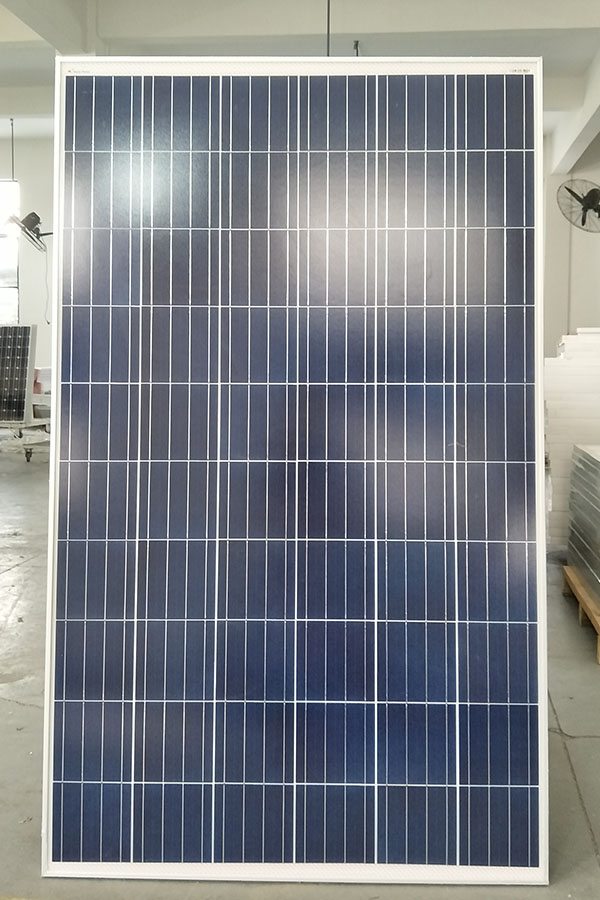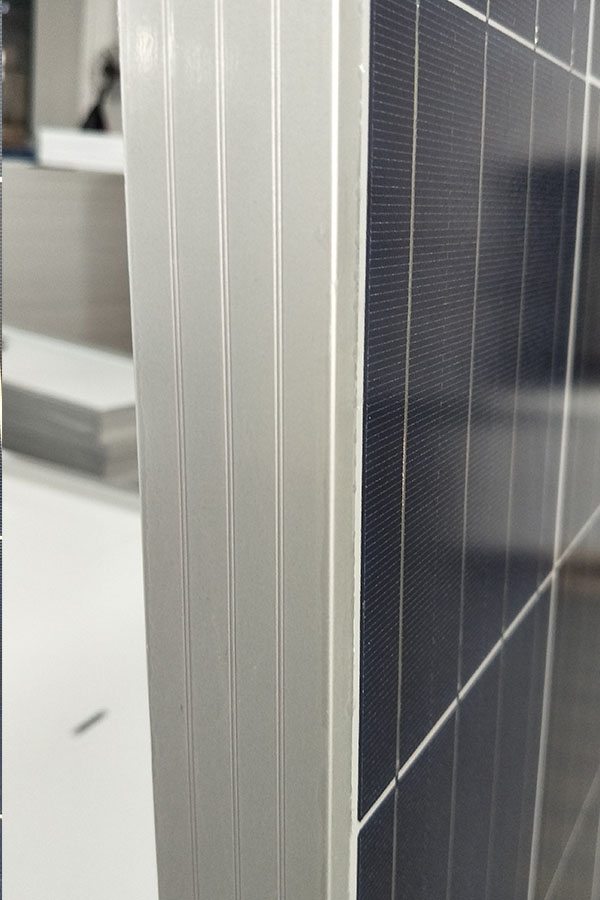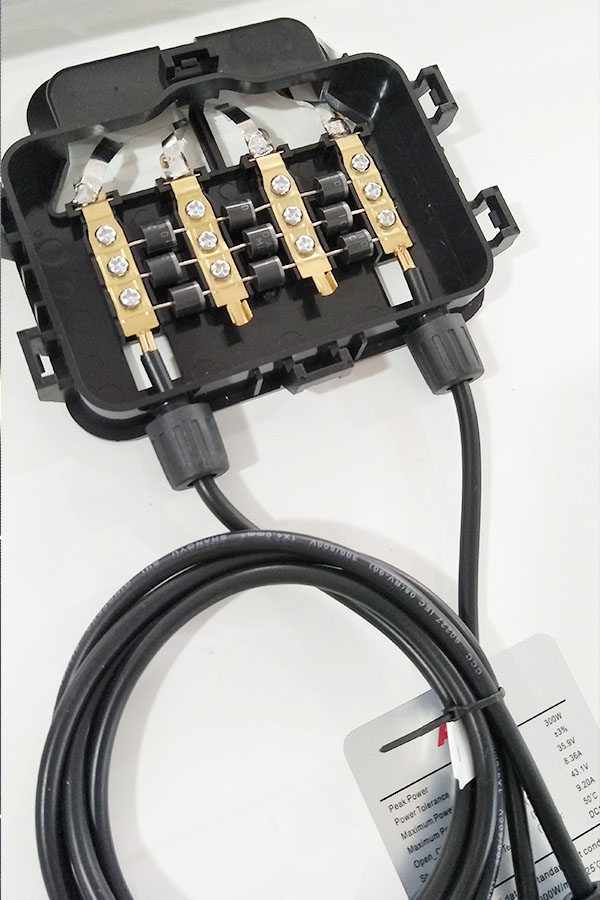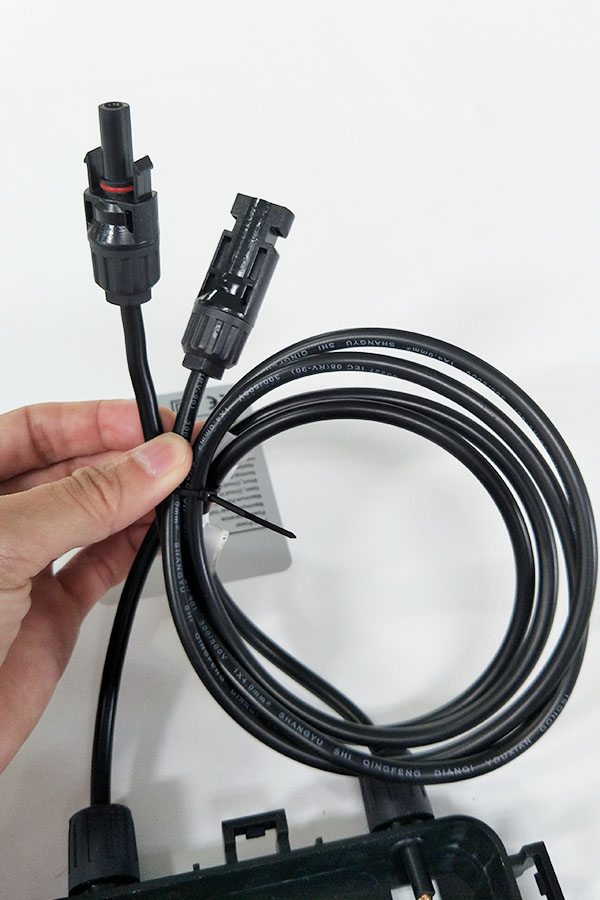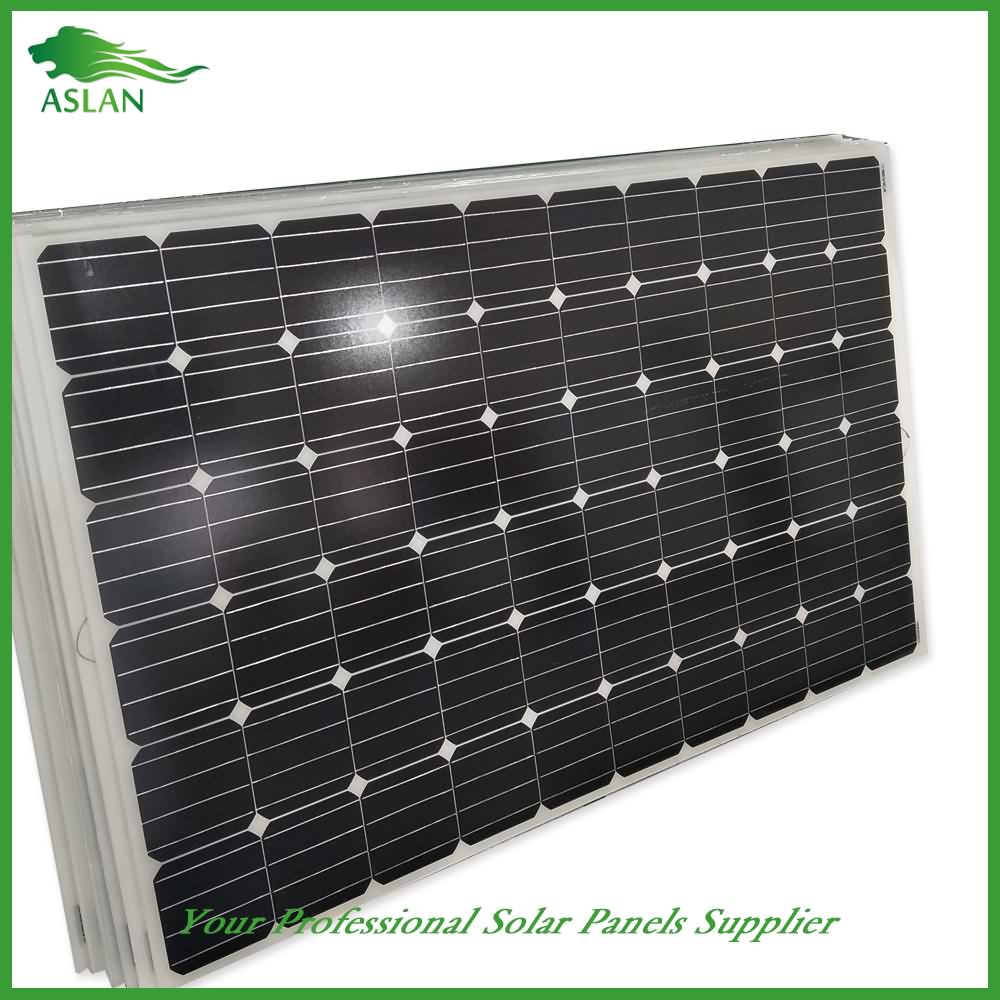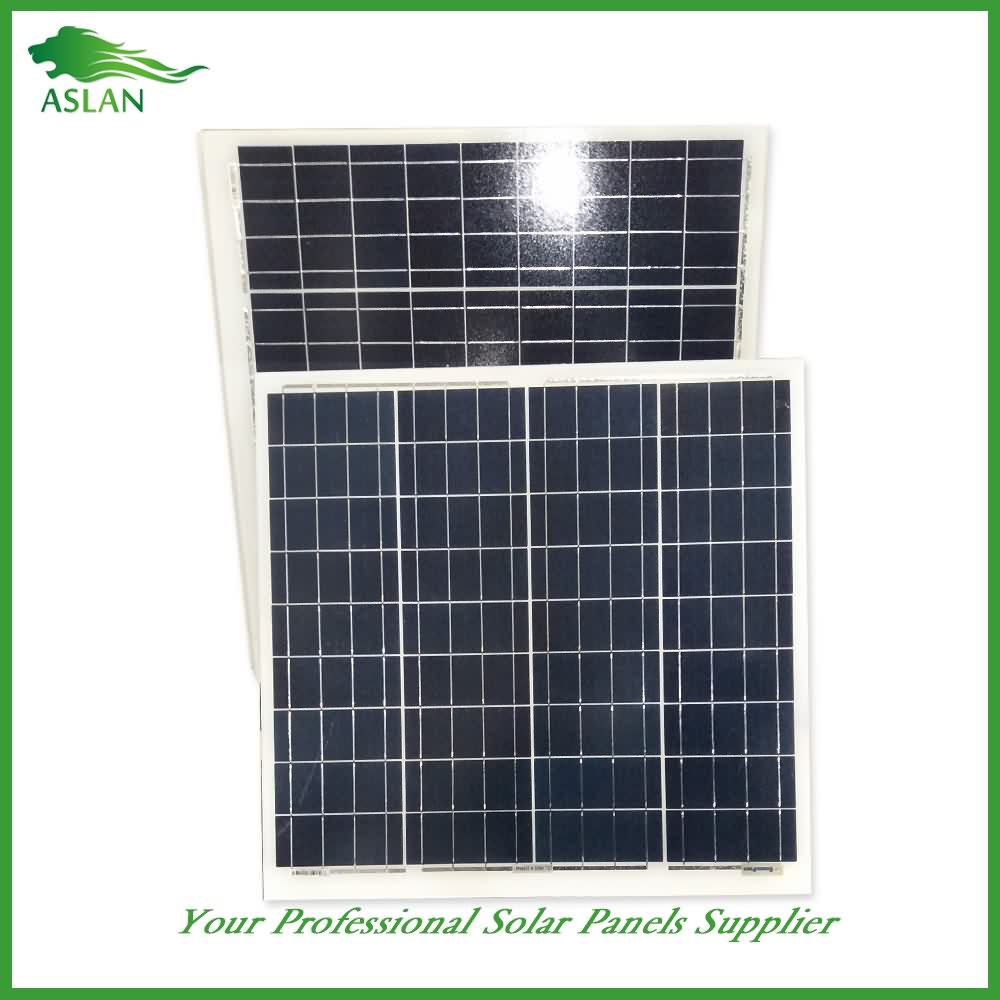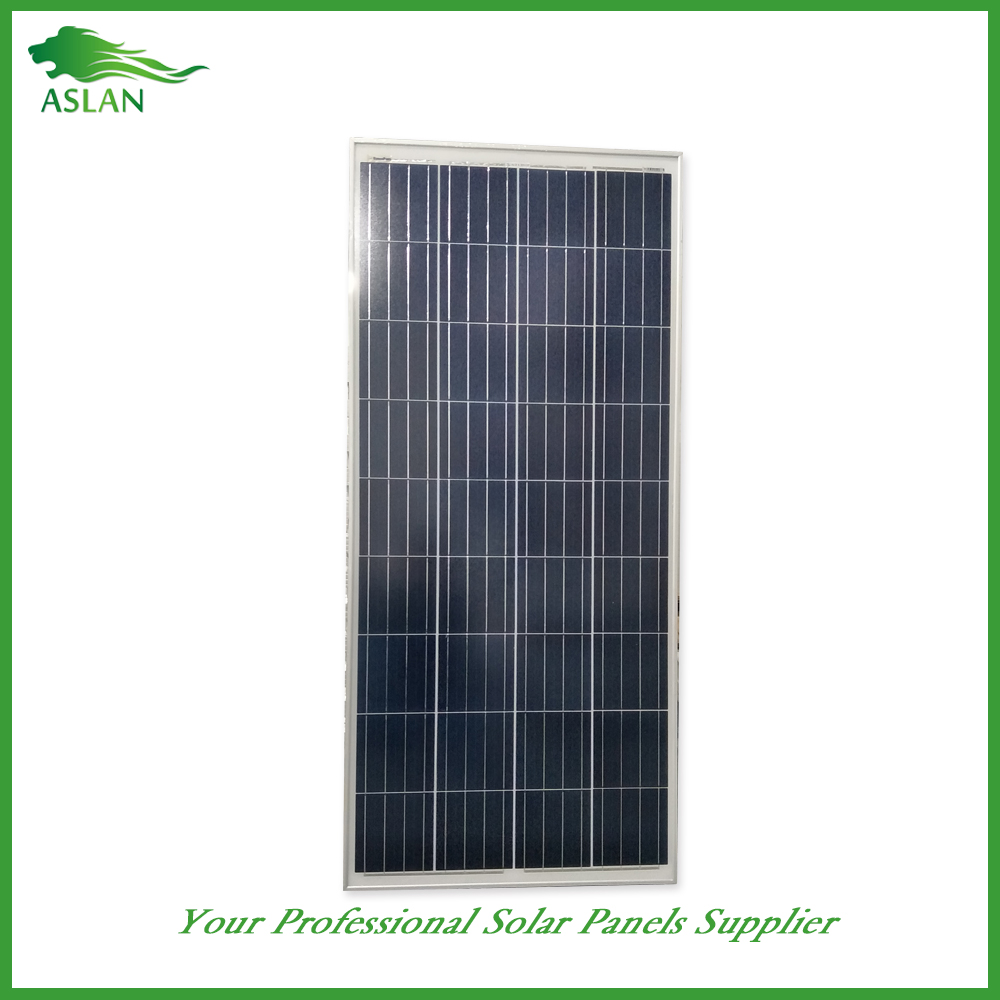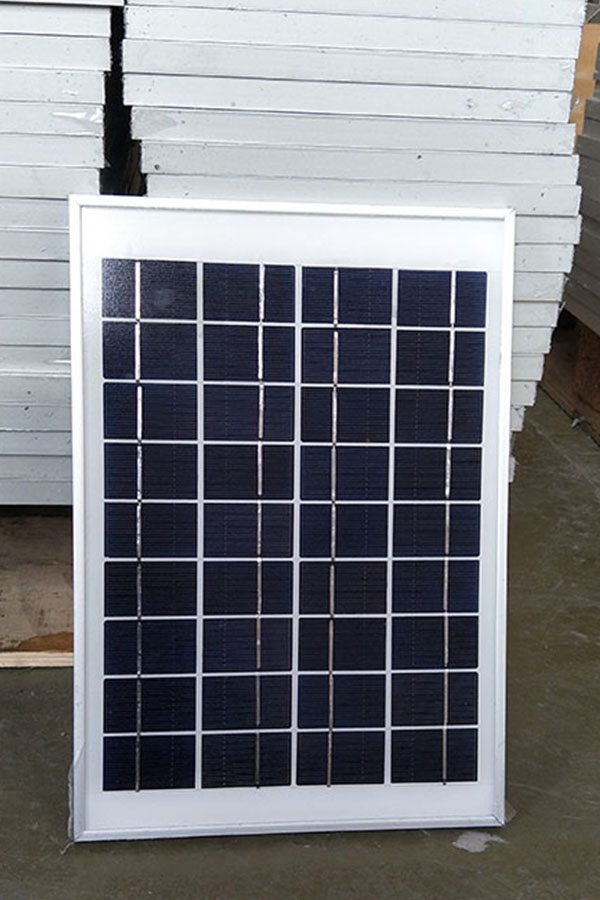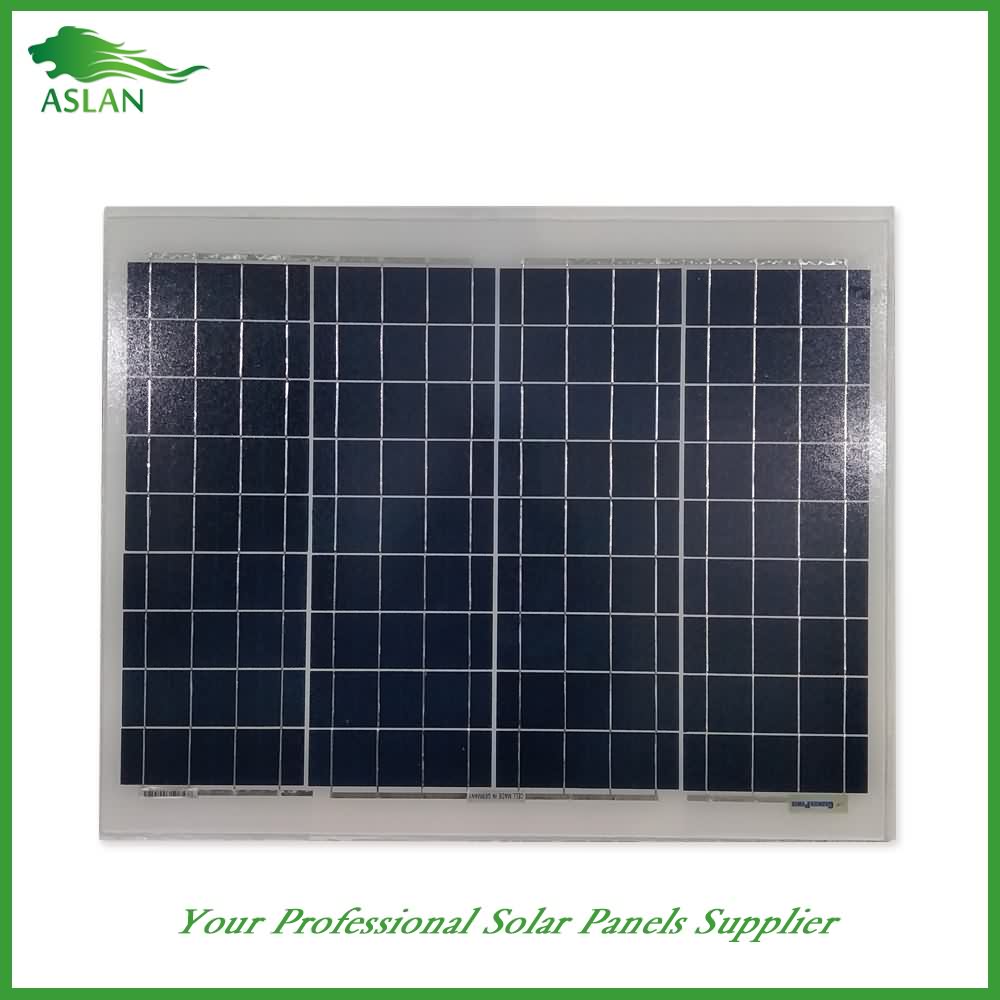15 Years Factory Poly-crystalline Solar Panel 250W Wholesale to Rwanda
Short Description:
We are proud of the high customer satisfaction and wide acceptance due to our persistent pursuit of high quality both on product and service for 15 Years Factory Poly-crystalline Solar Panel 250W Wholesale to Rwanda, Inspired by the rapid developing market of the fast food and beverage consumables all over the world , We are looking forward to working with partners /clients to make success together .
Poly-crystalline Solar Panel 250W
Technical parameter
Maximum Power(W) 250W
Optimum Power Voltage(Vmp) 30.25V
Optimum Operating Current(Imp) 8.26A
Open Circuit Voltage(Voc) 36.61V
Short Circuit Current(Isc) 8.89A
Mechanical Characteristics
Cell Type Polycrystalline 156x156mm (6 inch)
No of Cell 60 (6x10pcs)
Dimensions 1640x990x40mm
Weight 18.5KGS
Front Glass 3.2mm,High Transmission, Low Iron,Tempered Glass
Junction box IP65 Rated
Output Cable TUV 1×4.0mm2/UL12AWG,Length:900mm
Temperature and Coefficients
Operating Temperature(°C): -40°C ~ + 85°C
Maximum System Voltage: 600V(UL)/1000V(IEC) DC
Maximum Rated Current Series: 15A
Temperature Coefficients of Pmax: -0.47%
Temperature Coefficients of Voc: -0.389%
Temperature Coefficients of Isc: 0.057%
Nominal Operationg Cell Temperature (NOCT): 47+/-2°C
Materials of solar panel
1).Solar Cell——Polycrystalline solar cell 156*156mm
2).Front Glass——-3.2mm, high transmission, low iron, tempered glass
3).EVA——-excellent anti-aging EVA
4).TPT——-TPT hot seal made of flame resistance
5).Frame——anodized aluminum profile
6).Junction Box——-IP65 rated, high quality, with diode protection
Superiority: high quality anodized aluminum frame, high efficiency long life, easy installation, strong wind resistance, strong hail resistance.
Features
1. High cell efficiency with quality silicon materials for long term output stability
2. Strictly quality control ensure the stability and reliability, totally 23 QC procedures
3. High transmittance low iron tempered glass with enhanced stiffness and impact resistance
4. Both Poly-crystalline and Mono-crystalline
5. Excellent performance in harsh weather
6. Outstanding electrical performance under high temperature and low irradiance
Quality assurance testing
Thermal cycling test
Thermal shock test
Thermal/Freezing and high humidity cycling test
Electrical isolation test
Hail impact test
Mechanical, wind and twist loading test
Salt mist test
Light and water-exposure test
Moist carbon dioxide/sulphur dioxide
From the surface of Venus, to the rings of Saturn, here are 26 amazing photos of our solar system.
Subscribe to American Eye http://goo.gl/GBphkv
26. Solar Flare 2017
25. Solar Flare 1973
24. Simply Massive
23. Sunrise on Mercury
22. The First
21. Venus
20. The Surface
19. 1982 Vebera-13
18. Earth and the Moon
17. Hurricane Edouard
16. Mars
15. Olympus Mons
14. Moons
13. Jupiter
12. The Red Eye
11. The Moons
10. The Surface of Europa
The moon of Europa is extremely unique and is covered in a thick layer of ice. Not only that, satellites have detected thermal energy here and have seen water vapor coming out from the surface. Scientists ponder the possibility of life on this planet since there’s liquid water underneath the frozen ice sheets.
9. Saturn
The sixth planet from the sun is Saturn and this is another gas giant but much smaller than jupiter. Saturn is mostly known for its rings that surround it. If you’re an amateur astronomer this is one of the coolest planets to look at because you can often see the rings1! It takes 29 earth years for it to make one lap around the sun and it’s mostly made up of hydrogen with a metalic core. .
8. Titan
Saturn has 62 confirmed moons just behind saturn for the most in the solar system and the one we barely see in this image is of the moon Titan which mysteriously has oceans of liquid methane. Scientists have been debating whether or not life can form in these oceans extremely far from the sun in this chemical.
7. Titan Crescent
Imagine looking up in the sky and the moon was green instead white like we’re used to or just seeing more than 60 of them! Here in this photo we see what Titan might look like from saturn’s point of view during a crescent stage. Titan, which is larger than the planet of Mercury, almost has a planet like atmosphere and it takes 15,945 earth days to rotate saturn. The atmosphere has an orange haze to it which is mainly composed of 95 percent nitrogen and 5 percent methane, kind of like earth. The orange haze is still somewhat of a mystery.
6. The Surface
It’s very hard to tell what Titan’s surface actually looks like, but we know there’s an atmosphere and we know there’s liquid methane. It’s best to show you an artists representation that we think could be accurate.This illustratio n by Ron Miller shows the liquid pools of methane and the strange atmosphere on this moon.
5. Uranus
Little did you know that photos of your Uranus were on the internet! Once we venture off this deep into space, it’s a little more complicated getting images of it. Only one spacecraft called the voyager 2 has passed by it. The deep blue color would make you believe this is filled with a blue ocean but it’s not! It’s actually blue because it absorbs red light from the sun and reflects blue light.
4. Neptune
Neptune is the Roman god of the sea and you can can tell it looks somewhat similar to Uranus only bluer. This thing takes 164.8 earth years to fully orbit the sun and it’s only about 2.7 Billion miles away. This was taken by the Voyager 2 satellite and you can tell it has a giant blue spot in a few places.
3. Triton
This image is computer generated to fit both neptune and triton in the same photo but we imagine an image like this in solar system is possible, Neptune has a ring system but also 14 different moons. The most notable one is Triton which has a crazy geological system. On this moon, there’s volcanos but do you really think these volcanoes are going to spew out hot lava from billions of miles from the sun, no! Triton actually has volcanoes that shoot out liquid nitrogen, which we use on earth to freeze things instantly like warts.
2. Pluto
And finally, the last planet we have photos of, is pluto, thanks to the New Horizons Long Range REconnaissance orbiter. Nasa believes that there is a 10th planet out there but haven’t gotten any photos for us yet. Many have debated whether this is a planet or a dwarf planet or whatever it is, but at the end of the day, it still orbits the sun. Named after the greek god of the underworld, Pluto is certainly a dark place to be. It’s situated about 3.6 billion miles away and has a rocky rough surface.
1.Comet Halley
Halley’s comet orbits our most well known comment and it travels around our solar system ever 75-76 years. It’s very rare to witness this kind of thing, let alone trying to catch a photo of it with a satellite! In 1986, this ball of dust and ice was caught on camera by Giotto, a European spacecraft. It’s very rare to see the nucleus of this comet in such detail!
طريقة صنع لوح طاقة شمسية بطريقة بسيطة جدا !!
How to make a solar panel is very simple manner !!
